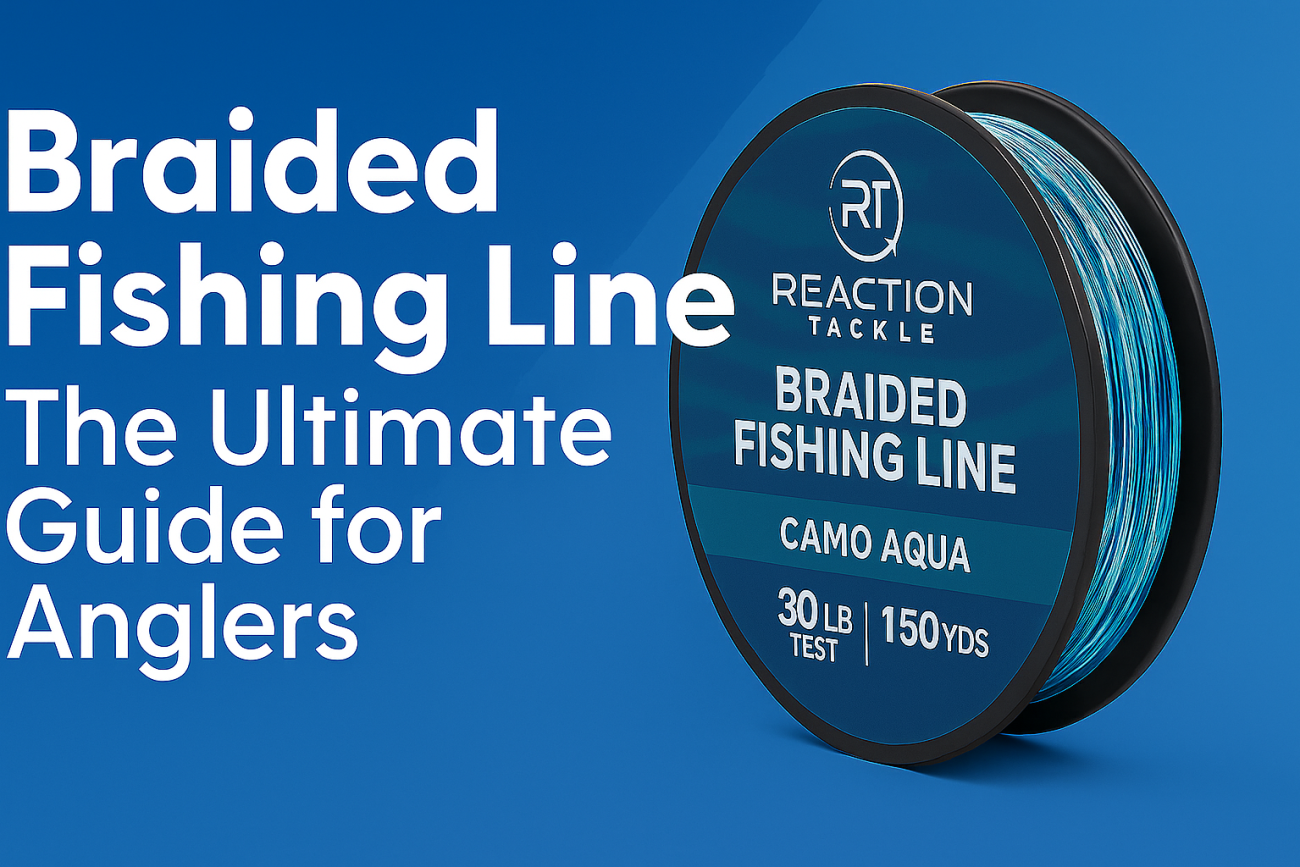When it comes to fishing, the choice of line can make or break your success on the water. Braided fishing line is a popular option among seasoned anglers for its unique characteristics and impressive performance. In this comprehensive guide, we’ll dive into what makes braided line special, its key advantages, best applications, and expert tips on selecting and maintaining your fishing line.
What is Braided Fishing Line?
Braided fishing line is made by weaving together multiple strands of synthetic fibers—most commonly Dyneema, Spectra, or similar high-strength materials. This process creates an ultra-thin, ultra-strong fishing line with very little stretch, which offers distinct advantages over other types of fishing lines such as monofilament or fluorocarbon.
How is Braided Line Made?
The manufacturing process involves intertwining several microfilaments to create a single, smooth, and highly durable line. Typically, braided lines come in 4, 8, or even 12-strand configurations, each offering a different balance between roundness, smoothness, and abrasion resistance.
Advantages of Braided Fishing Line
- High Strength-to-Diameter Ratio: Braided lines are significantly stronger for their thickness compared to other types. This means you can use a thinner line for the same strength, increasing casting distance and line capacity on the reel.
- Minimal Stretch: The near-zero stretch of braided line results in highly sensitive feedback, allowing anglers to detect even the subtlest bites and changes in underwater terrain.
- Durability and Longevity: Braided lines resist UV degradation, chemicals, and abrasion better than most monofilament or fluorocarbon lines, translating to a longer lifespan.
- Superior Knot Strength: When tied with the right knots, braided lines hold exceptionally well, reducing the risk of break-offs during tough fights.
- Excellent Casting Performance: The thin diameter and low friction surface allow for longer and smoother casts, crucial for covering more water and reaching distant fish.
Best Uses for Braided Fishing Line
Braided fishing line shines in various fishing scenarios, but some situations especially benefit from its unique properties:
- Heavy Cover and Vegetation: Its abrasion resistance is ideal when fishing in areas with thick weeds, lily pads, or submerged timber.
- Saltwater Fishing: Saltwater species often require strong lines. Braided’s thin diameter lets you pack more line onto your reel, essential for long runs.
- Long-Distance Casting: The reduced weight and thinner profile help achieve greater casting distances, perfect for surf fishing or chasing schooling fish from shore.
- Deep Water and Jigging: Minimal stretch allows for better hooksets and sensitivity when vertical jigging or fishing deep lakes and oceans.
Comparing Braided, Monofilament, and Fluorocarbon Lines
While braided fishing line offers many advantages, it’s important to understand how it compares with other popular fishing lines:
FeatureBraidedMonofilamentFluorocarbonStrength-to-DiameterHighModerateModerateStretchVery LowHighLowSensitivityExcellentPoorGoodVisibility in WaterHighModerateLowAbrasion ResistanceHigh (surface abrasion)High (overall)ExcellentPriceHigherLowerHigher
Tip: Many anglers use a combination of lines, such as tying a fluorocarbon leader to a braided main line, to take advantage of both invisibility and strength.
Choosing the Right Braided Fishing Line
To maximize your angling success, consider the following factors when selecting a braided fishing line:
Pound Test Strength
Match the line strength to the species you’re targeting. For bass fishing, 20-30 lb test is common, while larger saltwater fish may require 50 lb or more.
Diameter and Strand Count
More strands generally mean a rounder, smoother, and more abrasion-resistant line. For finesse applications, opt for 8 or 12-strand lines. For heavy cover, a 4-strand line may suffice.
Color
Choose colors based on water conditions. Moss green or dark green blends well with vegetation, while yellow or white lines increase visibility above water for line watching.
Coatings and Special Features
Some braided lines feature specialized coatings for improved casting, abrasion resistance, or water resistance. Assess whether these features align with your fishing needs.
Common Mistakes When Using Braided Line
- Not Using a Leader: Braided line is highly visible underwater. Attach a fluorocarbon or monofilament leader to increase stealth, especially in clear water.
- Tying the Wrong Knot: Some knots slip on slick braided line. Use knots like the Palomar or Double Uni for maximum strength.
- Incorrect Reel Spooling: Braided line can dig into itself. Spool under tension and use a backing of monofilament to prevent slippage on the spool.
Maintaining and Caring for Your Braided Fishing Line
Proper care extends the life of your braided fishing line and maintains its performance:
- Rinse After Use: Always rinse your reel and line with fresh water after saltwater trips to remove salt deposits.
- Check for Abrasion: Inspect the line frequently for frays or nicks, especially near the terminal end, and trim as needed.
- Re-spool Periodically: Even durable braided lines should be replaced or reversed every season or after heavy use to avoid weak spots.
- Store Properly: Keep your reels and spare spools out of direct sunlight and extreme heat to prevent deterioration.
Frequently Asked Questions About Braided Fishing Line
Is braided fishing line good for beginners?
Absolutely! Braided line offers excellent sensitivity, making it easier for new anglers to detect bites. However, beginners should learn proper knot-tying and rigging to avoid common pitfalls.
Can you use braided fishing line on any reel?
Yes, but it excels on spinning and baitcasting reels. Ensure your reel is compatible with braid and use backing to prevent slippage.
How long does braided fishing line last?
With proper care, braided line can last several seasons, outperforming monofilament and fluorocarbon in longevity.
Conclusion: Is Braided Fishing Line Right for You?
Whether you’re a seasoned angler or just starting your fishing journey, braided fishing line is a versatile and high-performance option. Its superior strength, sensitivity, and longevity make it a favorite for a wide range of fishing situations. By understanding its unique properties and how to use it effectively, you’ll be well-equipped to land more fish and make the most of your time on the water.
